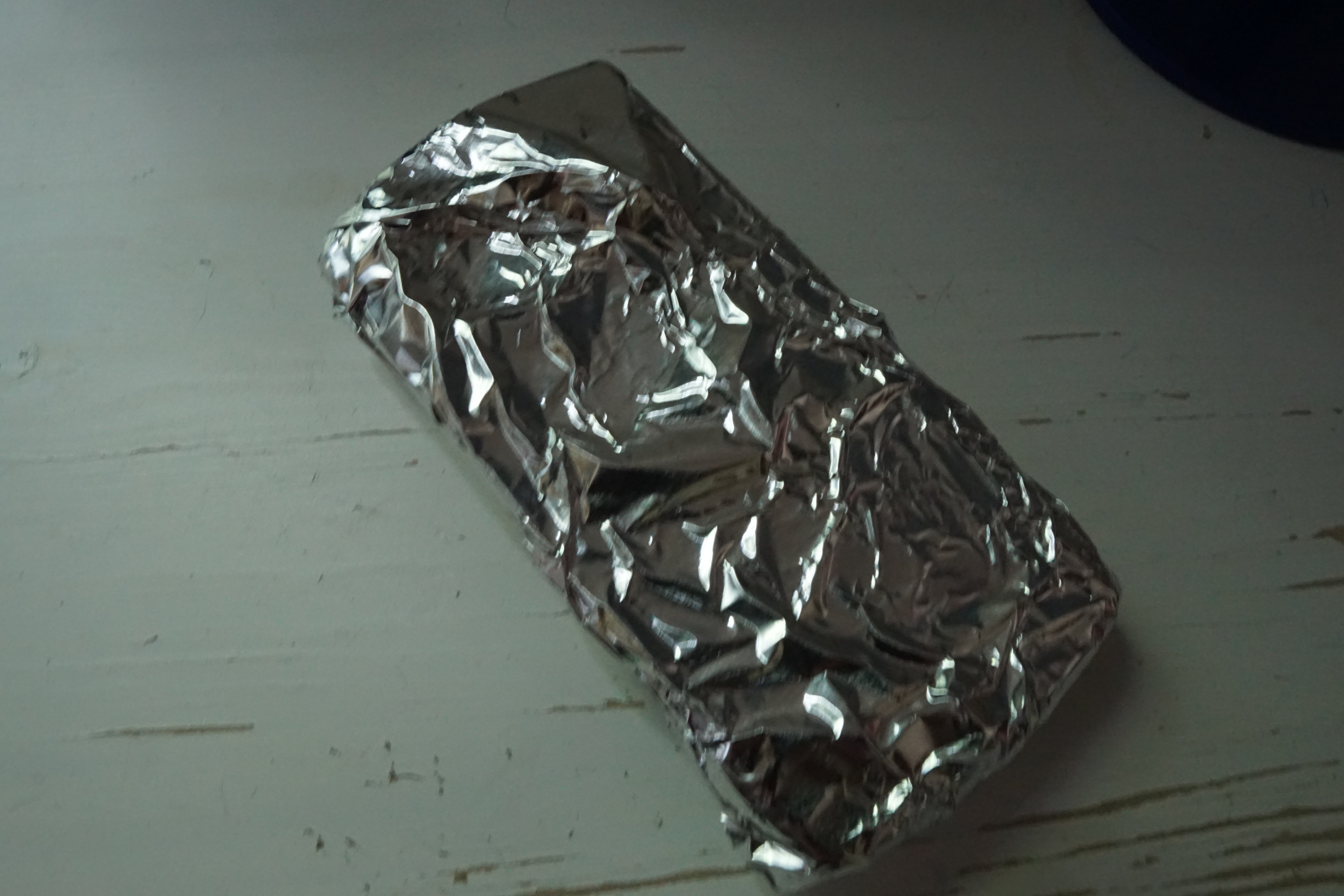Jeffrey Epstein’s long-time friend and the person who allegedly groomed and enticed young girls for him used a surprising way to try to avoid authorities: she wrapped her cellphone in tinfoil, according to court documents.
When the FBI arrested Ghislaine Maxwell in New Hampshire, they “noticed a cellphone wrapped in tinfoil on top of a desk, a seemingly misguided effort to evade detection[...] by law enforcement,” read the documents, which were highlighted on Twitter on Monday.
Despite the fact that the authorities called this a “misguided effort,” Motherboard found in a test that wrapping an iPhone in tinfoil actually does stop calls and seemingly acts as a rudimentary faraday cage, a container that blocks signals. Doing this is certainly not a way to prevent persistent surveillance from motivated and technologically capable adversaries, but it does at least prevent Bluetooth, WiFi, and LTE from working, while the phone is wrapped up.

After news of Maxwell’s tinfoil-wrapped cellphone started making the rounds on Twitter, Motherboard’s editor-in-chief Jason Koebler wrapped his phone in tinfoil and had editor Emanuel Maiberg call him. The call did not go through. Maiberg then called again while the phone wasn’t wrapped, then Koebler put the phone in tin foil again, and the call was dropped. Apple’s Find My iPhone tool also did not work when the phone was wrapped in tinfoil, according to Koebler. The phone also lost connection to Bluetooth devices (AirPods) and WiFi.
The fact that tinfoil stopped the phone from getting calls and prevented the Find My iPhone feature from working doesn't mean the phone couldn't have been tracked by other means. It also doesn't explain why Maxwell wouldn't just use any number of Faraday cages for phones that are for sale online, or keep a mobile phone at all. If authorities were tracking the phone's physical location, they theoretically could have picked up its signal as soon as Maxwell took it out of the tinfoil to use. Find My iPhone isn't exactly government-level surveillance, but it's worth noting that the service had remembered the location of the phone from before it was wrapped in tinfoil and also sent a ping the moment the device was removed from it.
When NSA leaker Edward Snowden was hiding in Hong Kong, the whistleblower famously asked his visitors to put their cellphones in the fridge. Turns out all you need is a bit of tinfoil.
Subscribe to our new cybersecurity podcast, CYBER .
from VICE https://ift.tt/3evTJGu
via cheap web hosting
No comments:
Post a Comment